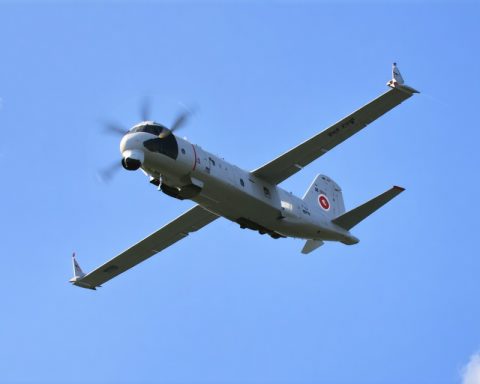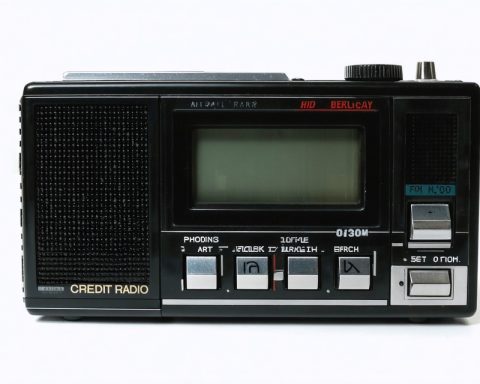In an unprecedented collaboration, Northrop Grumman Corporation has successfully launched Space Norway’s Arctic Satellite Broadband Mission (ASBM), revolutionizing how communications operate in the polar regions. The mission, which took off from Vandenberg Space Force Base in August, represents a cutting-edge partnership between the U.S. Space Force and an international commercial entity.
Key Beneficiaries of this mission include the Norwegian Ministry of Defense and Viasat, benefiting immensely from the expansion of X-band and Ka-band connectivity across the Arctic region, facilitated by ASBM satellites. Additionally, the satellites carry a Norwegian Radiation Monitor, a crucial tool from the Norwegian company IDEAS, aimed at providing important data for operations in triple-apogee Highly Elliptical Orbit.
The mission also hosts the new Enhanced Polar System – Recapitalization (EPS-R) payloads developed by the U.S. Space Force. These payloads aim to significantly bolster military satellite communications for U.S. and allied forces in the Northern Polar region.
EPS-R’s revolutionary design extends current capabilities while paving the way for future advancements in MILSATCOM systems expected in the mid-2030s. Northrop Grumman’s involvement highlights their expertise, having developed protected MILSATCOM payloads since the 1990s Milstar program.
This mission proudly exemplifies a blend of strategic partnership and technological prowess, showcasing Northrop Grumman’s commitment to innovation in global aerospace and defense. As these satellites begin their operational phase, they stand as a testament to the possibilities unlocked through visionary collaboration and technological excellence.
Revolutionary Advances in Arctic Satellite Communication: What You Need to Know
The successful launch of Space Norway’s Arctic Satellite Broadband Mission (ASBM) marks a new era in satellite communications, particularly for the challenging polar regions where connectivity has been historically limited. This mission, a collaborative effort with Northrop Grumman and the U.S. Space Force, is set to redefine communications and defense capabilities in the Arctic. Here’s an in-depth look at the innovations and future implications of this groundbreaking venture.
FAQ: What Makes the ASBM Mission So Significant?
Question: What is the primary objective of the ASBM mission?
The Arctic Satellite Broadband Mission aims to expand X-band and Ka-band connectivity across the Arctic, providing enhanced communications capabilities for both military and commercial entities.
Question: Who are the main beneficiaries of this advancement?
Key beneficiaries include the Norwegian Ministry of Defense and Viasat. The enhanced communications capabilities are critical for operations that demand reliable and secure connections in the Arctic.
Features and Use Cases
Advanced Satellite Payloads
One of the remarkable features of this mission is the Enhanced Polar System – Recapitalization (EPS-R) payloads. Developed by the U.S. Space Force, these payloads are designed to significantly upgrade military satellite communications, serving U.S. and allied forces with improved reach and reliability in the Northern Polar region.
Unique Radiation Monitoring
The mission’s satellites also host a Norwegian Radiation Monitor developed by IDEAS, a tool crucial for gathering vital data in triple-apogee Highly Elliptical Orbit. This capability is essential for both scientific research and operational planning in environments with high radiation exposure.
Market Analysis and Future Insights
Trends in Satellite Communications
This mission underscores a growing trend of strategic partnerships between governmental bodies and commercial organizations to achieve technological breakthroughs in space. As global communications demands increase, missions like ASBM are pivotal in setting new standards for connectivity.
Predictions for Future Developments
Looking ahead, the EPS-R’s innovative design is paving the way for next-generation MILSATCOM systems targeted for deployment in the mid-2030s. As these systems evolve, they will inevitably drive further innovations in secure and robust global communications.
Security Aspects
The integration of EPS-R payloads indicates a significant step forward in secure military communications. The enhancements delivered by this mission provide a strategic advantage, ensuring continuous and protected communications capabilities crucial for national security.
Northrop Grumman’s Role
Northrop Grumman’s involvement in the ASBM mission highlights its longstanding expertise in developing protected MILSATCOM payloads. Building on its legacy since the 1990s Milstar program, the company continues to push the boundaries of what is possible in aerospace and defense technology.
This mission stands as a testament to the power of visionary collaboration and technological excellence, promising to unlock new possibilities in satellite communications for the polar regions and beyond. For more details on Northrop Grumman’s contributions to aerospace innovations, visit the Northrop Grumman website.












